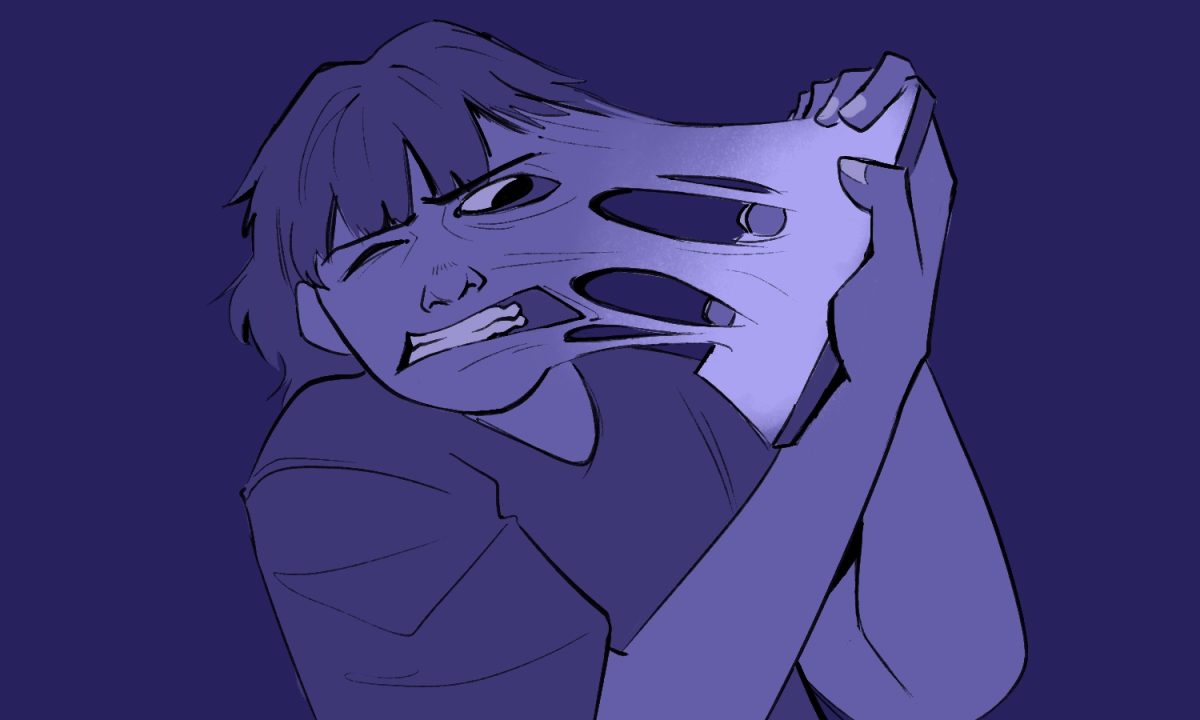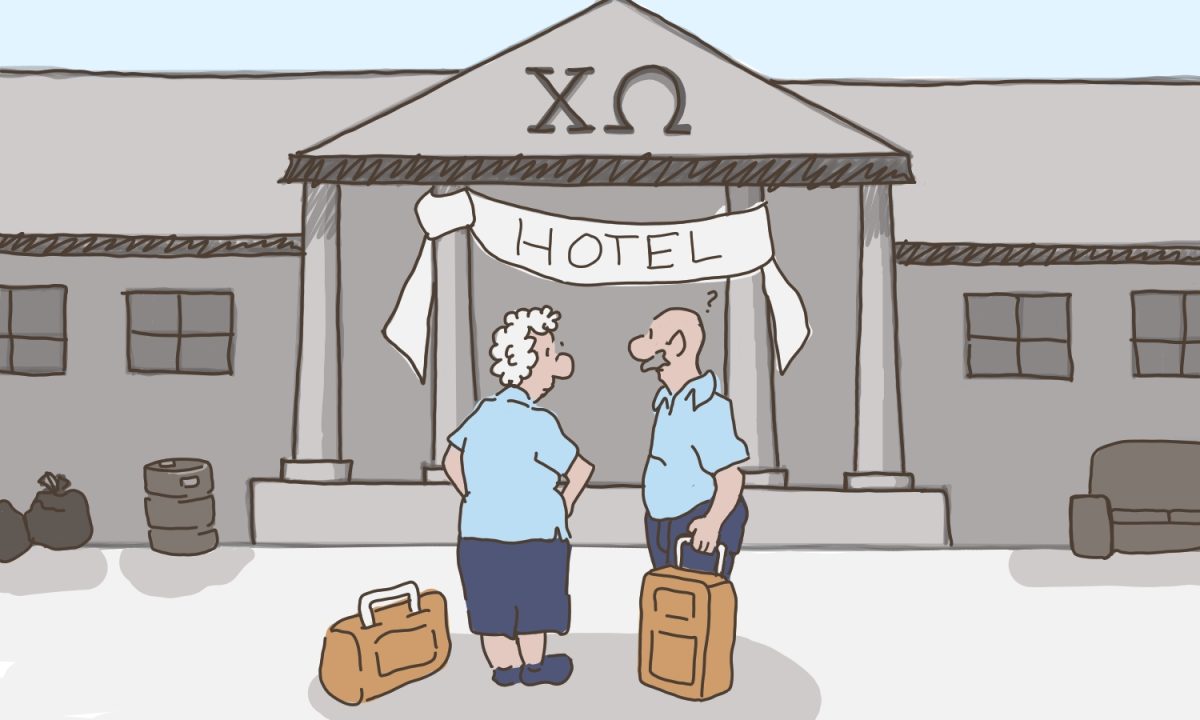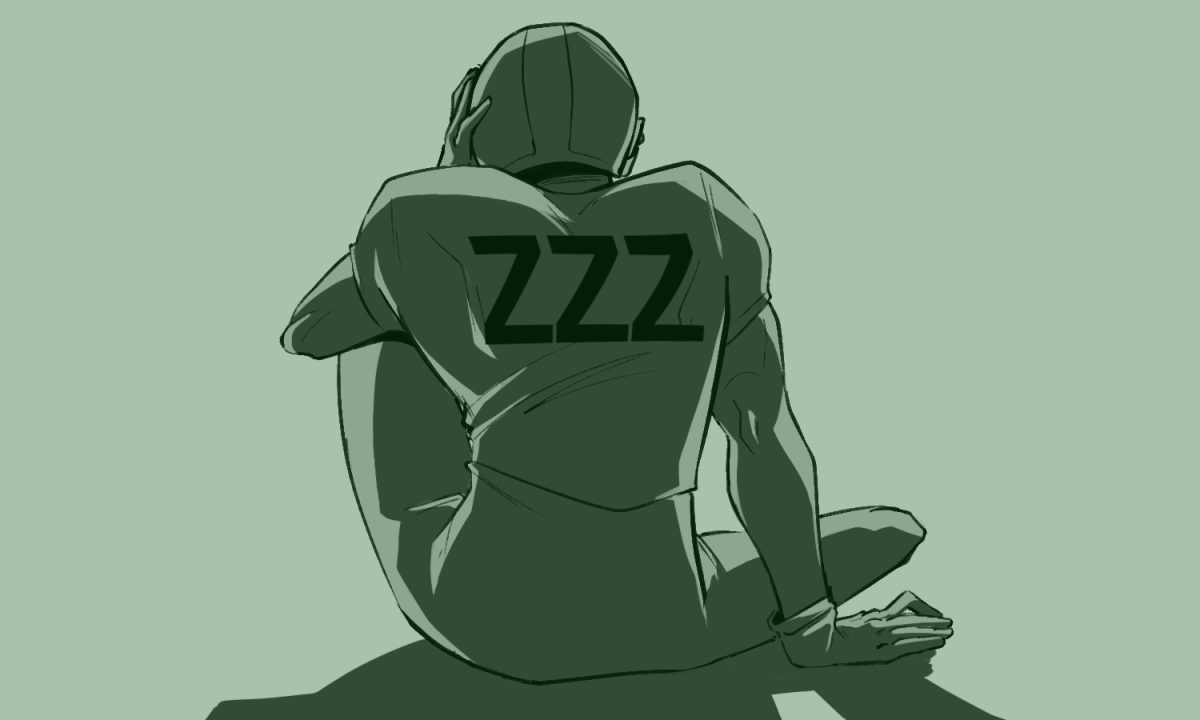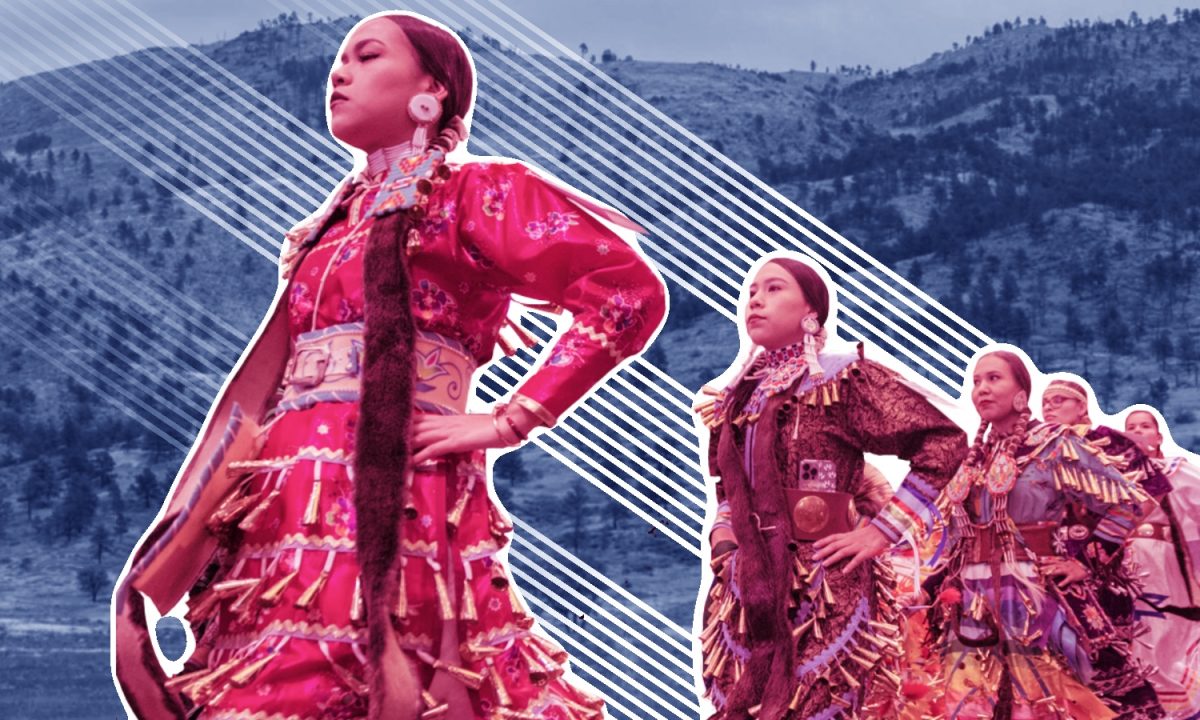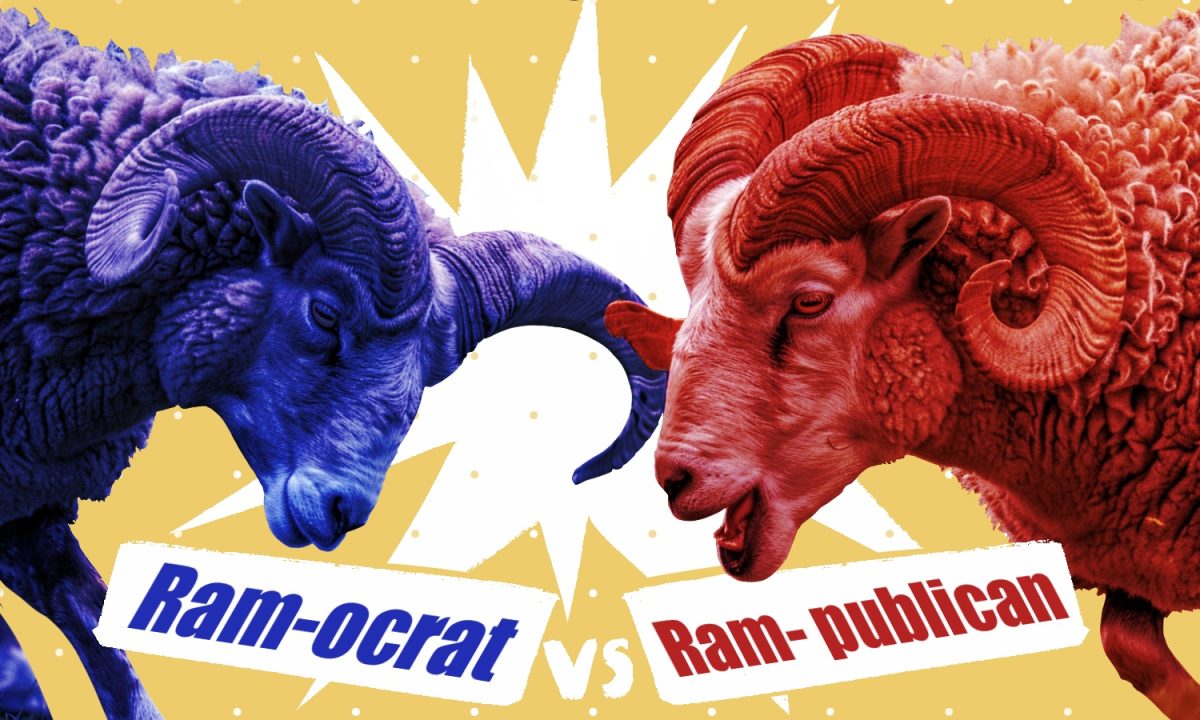Editor’s Note: All opinion section content reflects the views of the individual author only and does not represent a stance taken by The Collegian or its editorial board.
We’ve all heard the same narrative of a white person committing some type of crime over and over: a police officer that shot an unarmed person of color, a student that committed a mass shooting at their school, a white male that raped a young girl at her college campus — these situations are not unfamiliar.
The consequences of these situations are also familiar. We typically feel sad for the victims of these situations, but our minds also wander to the perpetrators. Who are they? What have they been through, or where did they come from that made them do this?
Nothing made them do this, but as humans, we naturally want to assign reasons to things, especially things as horrific as rape or murder.
Society has this perspective that when the perpetrator is white, they are a human and a product of the environment and circumstances that led them to do what they did. When the perpetrator is a person of color, they are a criminal.
For example, we can look at Colorado State University, where a white student was given a platform to defend their own racist actions, leaving some people with a sense of sympathy and understanding for the perpetrator, when the attention should have been on the victims.
We can look at depictions of this in the media. In an article I wrote about “13 Reasons Why,” I discussed how the character Bryce Walker was portrayed as a round character and more than his actions. What’s important to point out is that this was a white character, and it’s questionable whether the same development would be given to a character of color.
If media reflects reality, chances are the show wouldn’t have. If we think about real life instances, white rapists have excuses made for them. Their victims are likely to lose in a court of law, and even if they don’t, the person many feel sorry for is the perpetrator because they had a “good life going for them,” like in the People v. Turner case.
Society has this perspective that when the perpetrator is White, they are a human and a product of the environment and circumstances that led them to do what they did. When the perpetrator is a person of color, they are a criminal.
Just recently, a former Dallas police officer, Amber Guyger, was sentenced to 10 years in prison after she shot a Black man in his own home. She walked into his apartment thinking it was her own, saw him and shot him out of fear. A lot of sympathy was expressed toward this woman, and the judge and the brother of the man who was shot hugged her after the trial. Many were left uncomfortable and startled by this reaction.
There are rarely publicized cases where we feel so much sympathy for people of color who are the perpetrators of crimes, except in cases such as the Central Park Five, whose story was told after their innocence was revealed and they were released. This sympathy and humanization of criminals is given primarily to white people in real life and in the media.
We see this with rapists, mass shooters, police officers, etc. A Black person that commits a mass shooting is a criminal, but a white person that does only has mental health problems. A Black rapist is a criminal, while a white rapist was just drunk. The double standard is very clear — not to mention that people of color generally get longer sentences than white people.
What can be done about this is humanizing characters of color the same way we humanize white characters in movies and TV. “When They See Us” is a good example that finally humanizes the people that the public has largely viewed as criminals all these years. We can stop making excuses for some people but not others because in the end, a crime is a crime.
The media influences our perception of people and changes our viewpoints so much that we need more platforms defending, humanizing and understanding people of color more than ever.
Katrina Leibee can be reached at letters@collegian.com or on Twitter @KatrinaLeibee.



